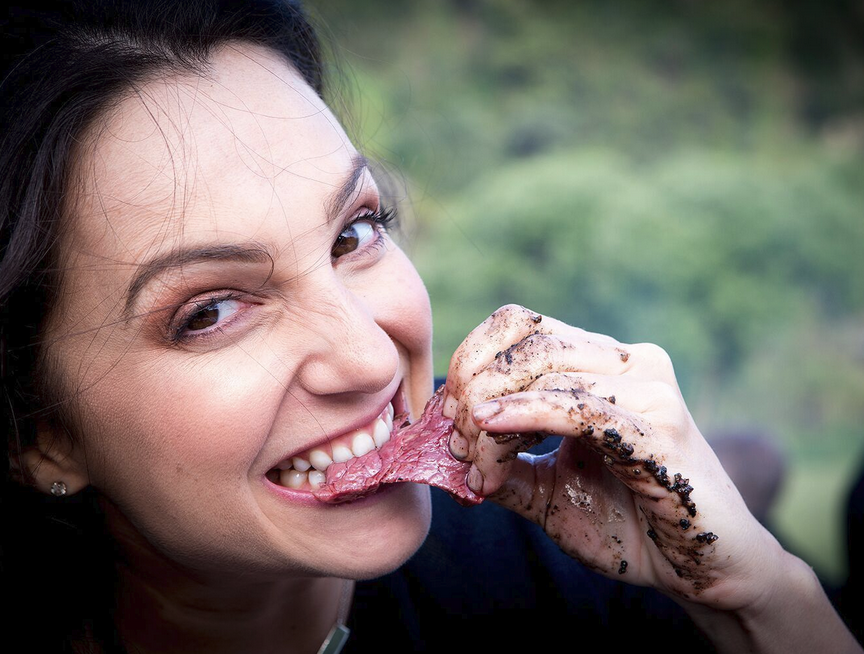Australian Jess Pryles' first taste of low-and-slow Texas-style barbecue was "a religious experience".
On Friday November 4th she was at Rangitikei's Rathmoy Lodge and gave a barbecue demonstration to about 200 people.
The occasion was the launch of a new meat offering, AngusPure Special Reserve.
Ms Pryles is from Melbourne but now lives in the United States in Austin, Texas.
She teaches and judges meat cooking, and has her own brand of meat seasoning on the US market.
She was excited to try New Zealand beef.
Most Texas beef is grain-fed, but she said grass was what cattle were supposed to eat.
"Grass-fed beef is richer, butterier and beefier."
She's a self-confessed "meat nerd", has visited a slaughterhouse and has killed and eaten her own deer.
She'll get 5000 likes online from one photograph of a piece of meat well marbled with fat.
"Fat is flavour, we all know."
She's a big fan of cooking over hot coals rather than gas. She owns five barbecues and none of them is fired by gas.
US-style barbecue is usually not over direct heat, she said.
"It's nearly always indirect cooking, usually using smoke only. All the secondary cuts cook better that way."
She jetted over from Austin with two items on her person, a thermapen for taking meat temperatures and a small knife which she "sneaked past" New Zealand Customs.
For the product launch Ms Pryles first cooked long, thin pieces of eye fillet by first coating them with seasoning, then piercing them with a hook and suspending them from bars in US-made pit barrel cookers.
"It's a great way to feed a crowd." They hung above hot coals for 45 minutes, were rested under tin foil and then cut into chunks and devoured.
The ends nearest the coals got the most cooking "for that horrible person who likes their steaks well done".
The other technique she showed was for meat nerds like herself, who like to eat their steak hot off the grill.
She first coated porterhouse steaks with her own Hardcore Carnivore Black meat rub, which includes charred coconut husk and creates an immediate crust.
Then she cooked them very slowly over indirect heat until their interior temperature reached between 54C and 57C - the perfect level of doneness for a medium-rare steak.
Finally they were seared over direct heat for a minute on each side.
At home people can get steak to the right temperature over an hour in a very slow oven, then sear it in a cast-iron pan on top of the stove.
Checking the temperature with a meat thermometer is essential.
Otherwise a seared steak has to be rested for 10 minutes under tinfoil, to let the meat fibres re-absorb their juices. Eaten after that it will not be hot.
The reverse searing method keeps meat juicy and perfectly cooked, she said.
"You have the juices in the mouth, not on the board."
- By Laurel Stowell, Wanganui Chronicle




